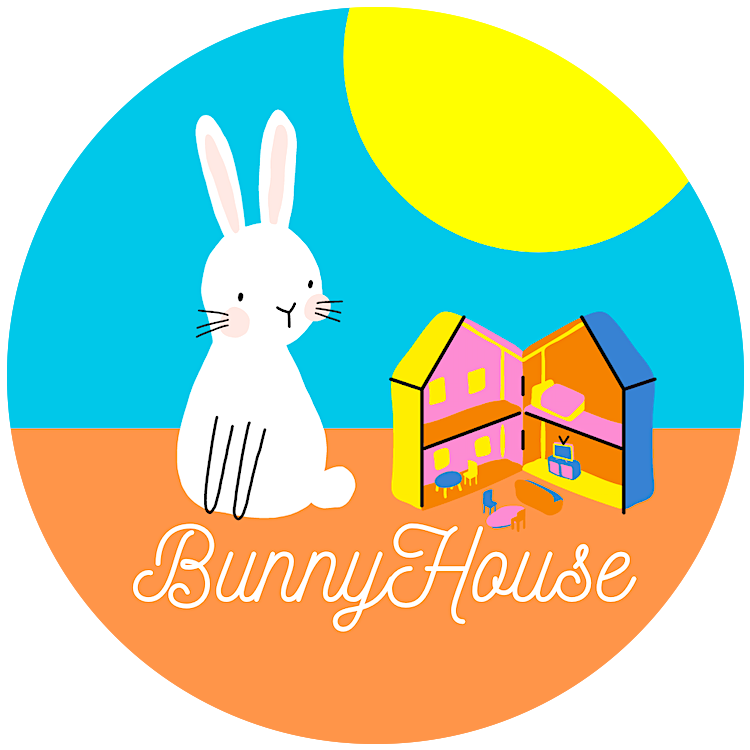Intention is a mental state that represents a commitment to carrying out an action or actions in the future. Intention involves mental activities such as planning and forethought.
Folk psychology explains human behavior on the basis of mental states, including beliefs, desires, and intentions.
There is also a theoretical distinction between intentionality (intentional actions), and a mental state of intention for the future.
Thus, research suggests that by the age of fifteen months, humans are capable of understanding intentional acts in others. The ability to distinguish between intention and desire develops in early childhood. Gestures and object-directed actions have also been studied in connexion with the development of the understanding of intention. The development of the ability to use gestures and object-directed actions in social situations has been studied from numerous perspectives, including the embodiment perspective and the social-cognitive perspective.
Thus, it seems pointing may be more complex than a straightforward indicator of social understanding. Early pointing may not indicate an understanding of intention; rather it may indicate an association between the gesture and interesting objects or events. However, an understanding of intention may develop as the child develops a theory of mind and begins to use pointing to convey meaning about referents in the world.
A social-cultural perspective includes the notion that not just actions, but partaking in social interactions and cooperation (both observing and acting) are key to both ontogenetic social development and responsible for larger cultural institutions, symbol systems, and other human social abilities (e.g. Moll & Tomasello, 2007; Tomasello et al., 2005).
It was originally suspected that such foundational cognitive skills leading to advanced social understanding lie in the human ability to understand anothers intention. Humans seem to have an affinity for figuring out what others are perceiving, intending, desiring, believing, etc. For example, the use of symbols requires the ability to understand anothers action and attention on an entity in the world.
Tomasello and colleagues argue that it is possible to break down the advanced understanding of shared intentionality into two developmental pathways that eventually become intertwined:
Research suggests that faces are pivotal in offering social cues necessary for children cognitive, language, and social development. These cues may offer information on anothers emotional state,).

